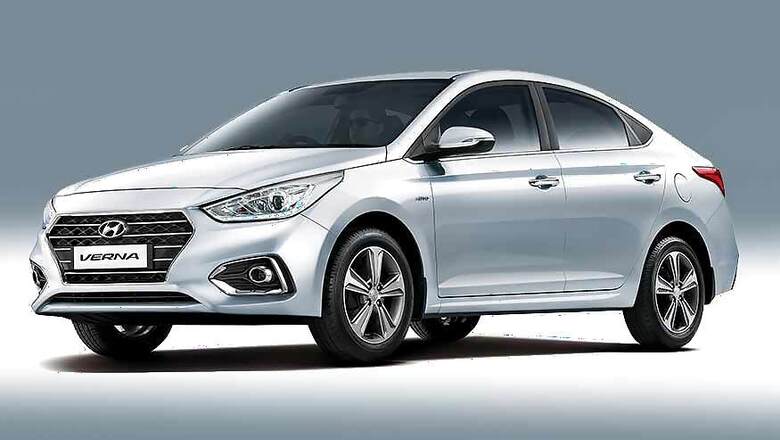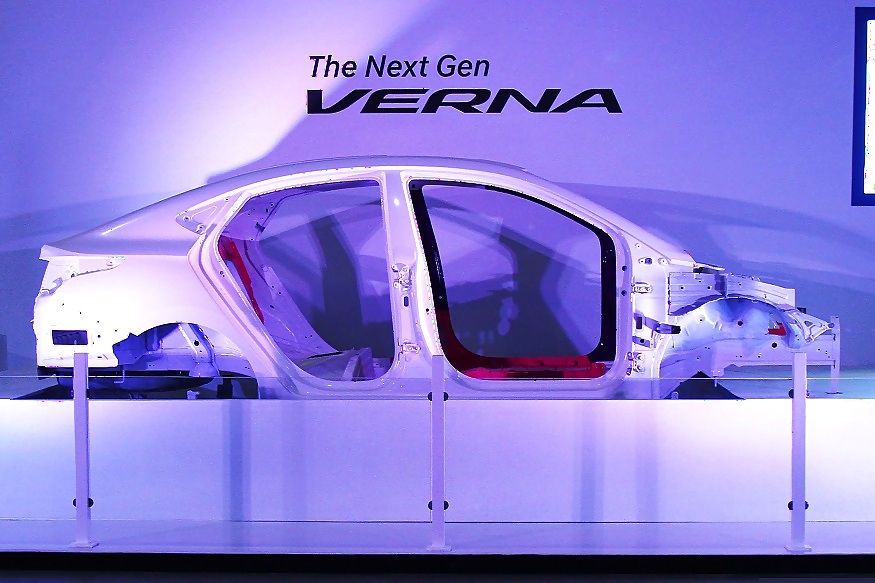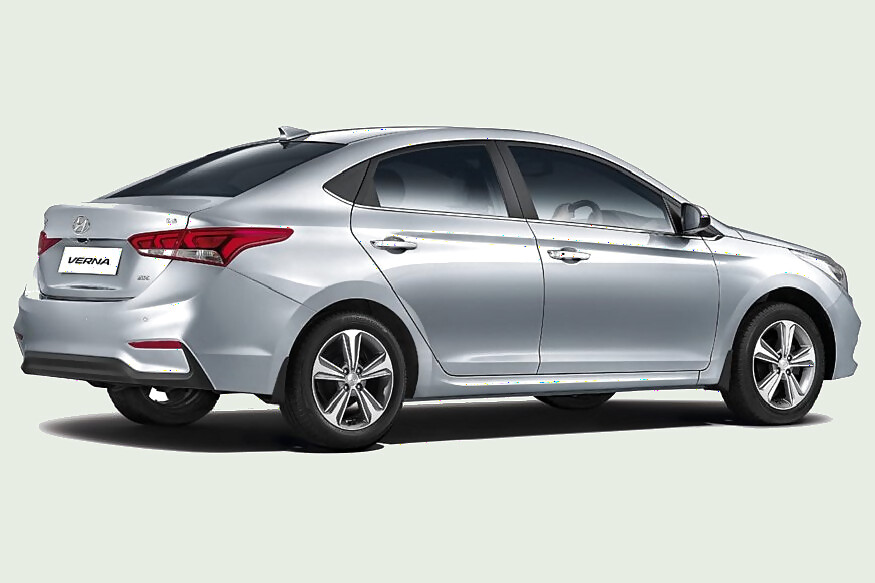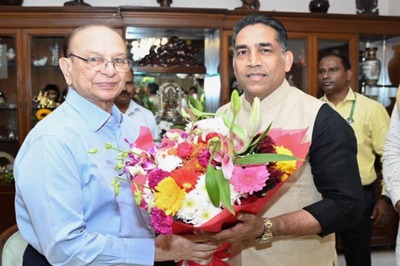
views
Usually what happens with facelifts and yearly updates when it comes to sedans is a minor nip and tuck here and change of headlights and the bumper segments. The overall chassis usually remain the same and the engine, well in most cases is just a bit fine tuned. We saw something similar happen with the Honda City earlier this year that mostly looks the same as the older version. One of its main rivals in the Indian sedan market is the Hyundai Verna. The new Hyundai Verna is launching on August 22 in India and the pre-bookings have already begun. We had a chance to drive the car for a few laps at the Hyundai's Chennai plant and also see the fit and finish of the next gen Verna and here are our first impressions of it.
What might not seem much of a cosmetic change but a change in the DNA of the car is the fact that Hyundai was not settling this time for a botox with the Verna. They have used an all new K2 platform with the Hyundai Verna. It's made up of 50% Advanced High Strength steel or what the nerds at Hyundai like to call it, AHSS. This adds to the all new bodily strength of this vehicle and adds strength to the overall core of the car. Guys at Hyundai also claimed that it makes the new Verna more stable and offers a better driving experience than the outgoing model. They also call it the Super Body Structure(ed) Verna.

The Verna that came to India first was the 3rd Gen Verna Globally. I even had one and it was scary, not because it had over 100 hp back then in 2007 but because i was not confident enough on the brakes that it had. We had to swap it with a Honda City in 2010 to feel safe. But, since then Hyundai has come a long way with the Verna. Maybe that's also one of the reasons, that they built the Next Gen Verna with ‘SUPER BODY STRUCTURE’ with Advanced High Strength Steel (AHSS) body structure including Hot stamping Applications. It has enhanced Verna's crash test performance as well as made the chassis more rigid and responsive. Hyundai claims that the Super body Structure also ensures adequate weight control thus enhancing both performance and fuel efficiency (On that we will comment when we get you the full review of the next gen Verna). The new chassis also helps the car deliver on low NVH characteristics by the use of enhanced sound absorption materials. Hyundai has gone at lengths with this sedan to contain NVH as they even changed the engine and transmission mount design change, implemented a tunnel insulator and have extensively used foam filler in the known cavities of the car. Hyundai has also made the standard Motor-Driven Power Steering System (MDPS) more tuned to provide a better feedback while cornering and at high speeds. The steering response in our short run was quite precise and assured us with confidence that this sedan means business.
Don't Miss: Jeep Compass First Drive Review
The next gen Hyundai Verna comes in two engine options. One is a 1.6-litre Dual VTVT petrol and the other is a 1.6 litre U2 CRDi VGT diesel engine. The engines come with 6 Speed Manual and 6 Speed Automatic Transmissions. The 1.6-litre Dual VTVT petrol engine offers 123PS power and the 1.6 litre U2 CRDi VGT diesel engine offers 128PS power. We drove the 1.6-litre diesel automatic as well as the manual transmission Verna that was both tops of the line. The automatic transmission gave us a very refined and smooth driving experience. The stability on offer was as promised by the new platform and the power-delivery of the engine was optimal. The steering response on our very short drive was good, we felt in control all the time and the car didn't give us hints of over or understeer. But then this was not a full road test but just a feel of the Verna. The manual transmission though felt very lively and offered a thrilling drive as compared to the automatic version of this car. What's more is that the manual transmission also is that you'll also be getting the comfort of ventilated seats like its elder sibling the Elantra.

Equipment wise also the Hyundai Verna offers plenty of modern gadgetry and a touch responsive infotainment display that packs in an IPS display. It is compatible with Apple CarPlay and Android Auto and there is a reverse parking camera with guidelines. Overall the interior fit and finish of the new Verna is something that will appeal to people looking for a sedan in India. The rear passenger leg space is something that might be a bit of a concern for owners that are tall, but the average Indian height people won't be left struggling at all. And yes, it does come with a sunroof now.
What do we think?
Whatever we saw with the new Hyundai Verna was quite impressive. It was not just a facelift but a new car altogether. Hyundai's bullish with the new Verna and hopes to make a dent in the popularity of the new Honda City. The new Hyundai Verna does promise a lot and we were left in the awe of it. But it's still too soon for us to say how the car would fair and for that we'll be getting you that report very soon on Cars18. For now, we would say that the new Hyundai Verna should get the likes of Honda City and Maruti Suzuki Ciaz a bit worried.



















Comments
0 comment